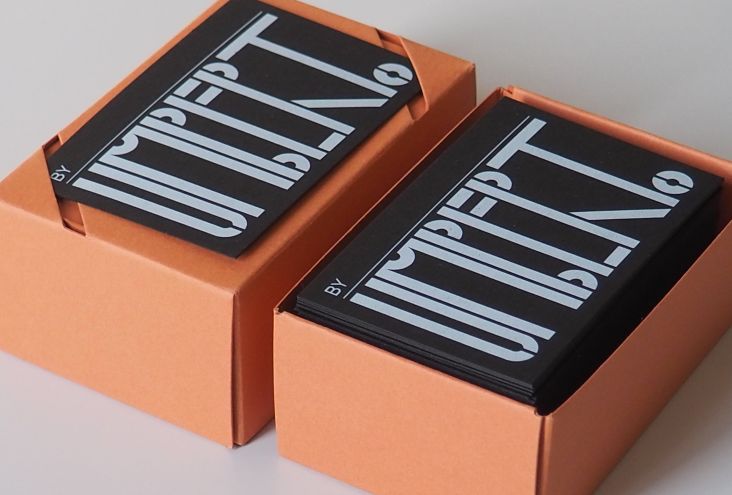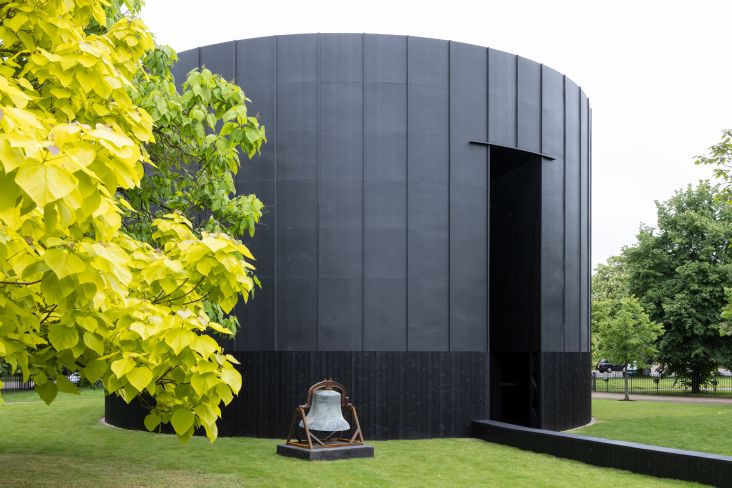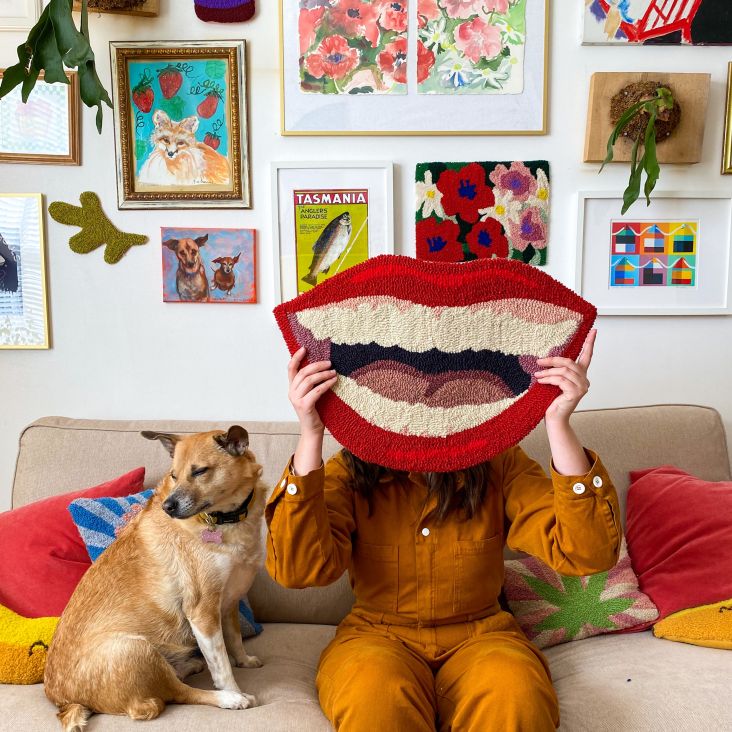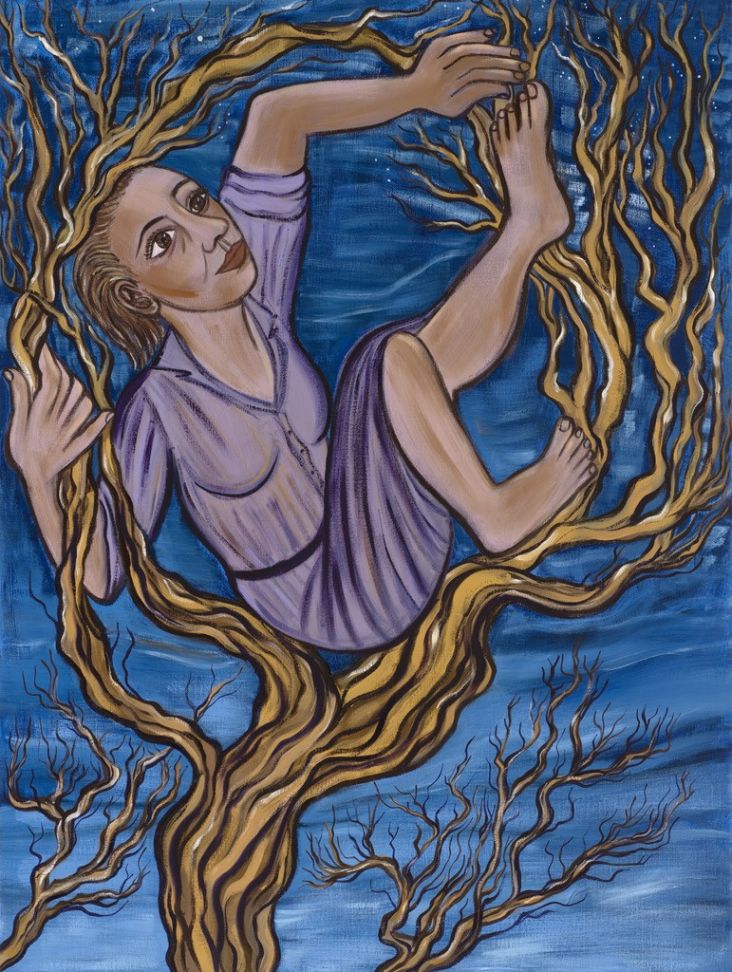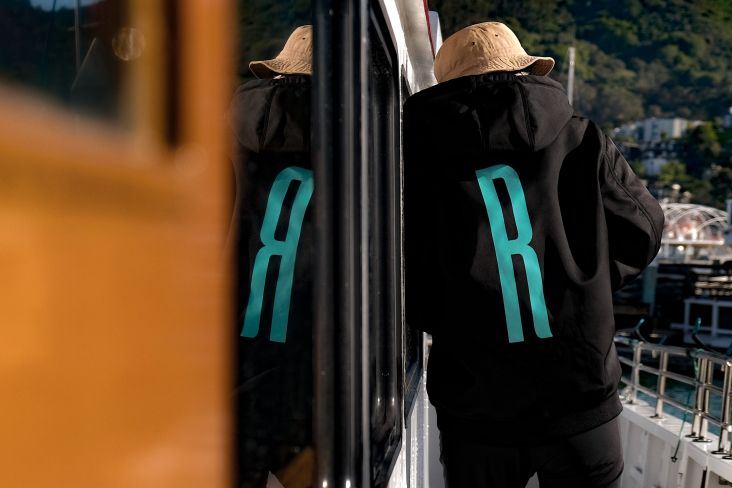Photographs of abandoned shacks in California's sparse community of Wonder Valley
In the sparsely populated community of Wonder Valley, California, lies a range of shacks known locally as Jackrabbit Homesteads. Sat abandoned against a dusty landscape, the worn cabins inspired a series by Berlin-based photographer Helin Bereket.
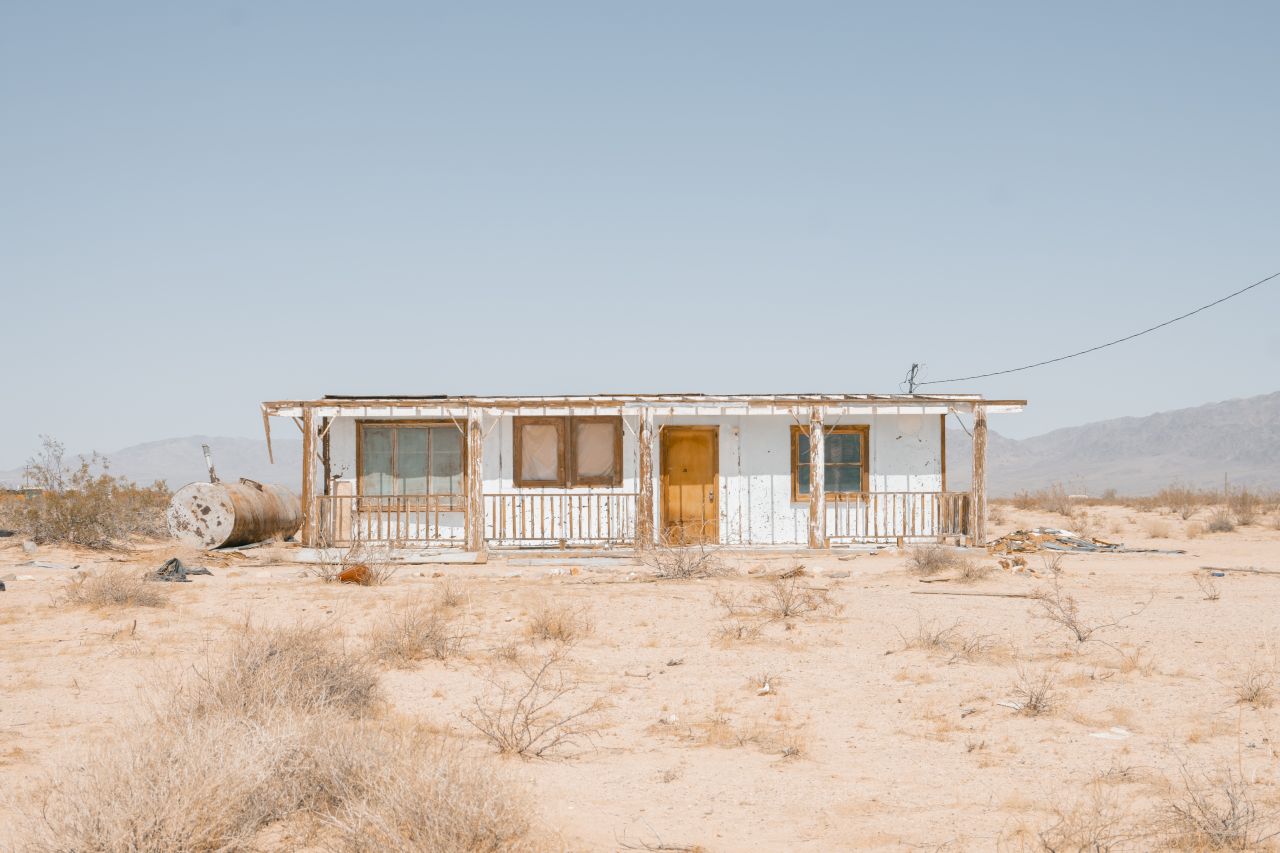
From the series ARID © Helin Bereket
"I knew little about this place but was drawn to it by the sheer aesthetic of abandonment and isolation, alienation and wreckage, uncanniness and history unknown," says Helin. During a recent visit to the Golden State, she decided to drive around and discover more about these so-called Jackrabbit Homesteads. The renowned cabins lie east of Twentynine Palms, a city in San Bernardino County, California, that serves as one of the entry points to Joshua Tree National Park. "I had no plan, my eyes scanning the desert landscape," she says. "Shack-leftovers stuck out from the backdrop where sandy desert blended with the sun. I thought of taming this contrast by harmonising the colour palette and kept wondering about the human traces in what seemed to be a reckless wilderness."
Why the buildings? These shacks are the last witness of the 1938 Small Tract Act that enabled Americans to obtain five sandy acres of land deemed unusable by the state. As the condition for owning the land was to build a small shack on the plot, many prefabricated or handmade structures were installed in the Mojave Desert, especially in the 1950s and the '60s.
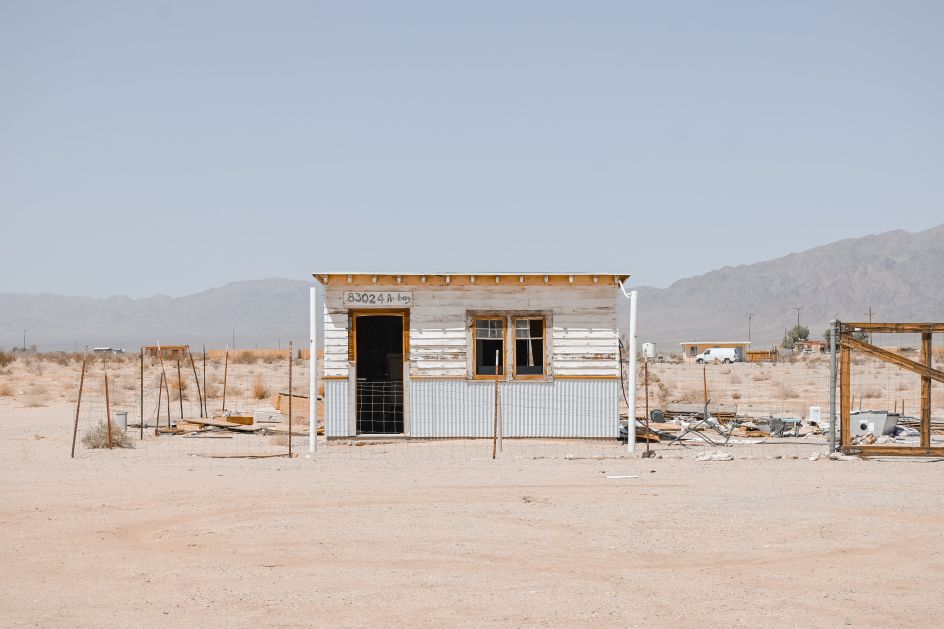
From the series ARID © Helin Bereket
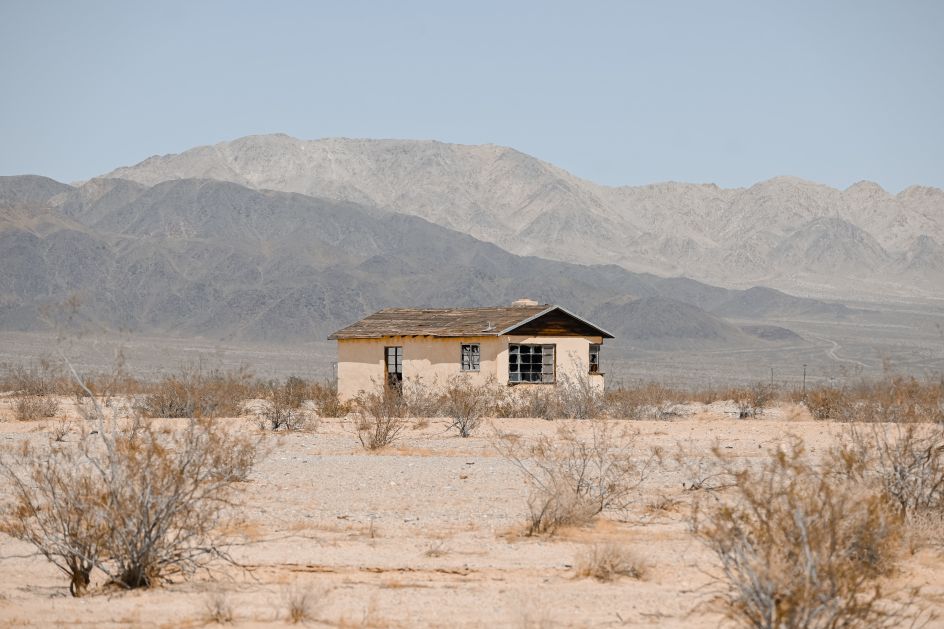
From the series ARID © Helin Bereket
"Among the thousands of dwellers were veterans with lung problems seeking a cure in the hot desert air," explains Helin. But today, hardly anyone remains. "It's an eerie atmosphere. The shacks are in decay and not many people are around. I realised that not all houses were abandoned. People had their eyes on me, and dogs were barking, upset by the car engine. I was undecided whether it is more spooky being alone in an unfamiliar desert or being observed by strangers. Luckily I had a telephoto zoom lens. When uncomfortable, I took photos from inside the car and drove fast further."
The resulting series, titled ARID, is striking in its use of colour, light and composition. Each building lies isolated amongst a deserted scene, only adding to the drama. Even though there's beauty in Helin's carefully composed images, the theme is somewhat depressing, as California today continues to have a house affordability crisis. "Rough living conditions and lack of proper infrastructure – water and electricity are still scarce – slowly extinguished the enthusiasm of many homesteaders, who abandoned the cabins and left them to slowly disintegrate under natural conditions and vandals," Helin adds. "Today, Wonder Valley's peculiar mixture of residents consists of very few original homesteaders, squatters who occupied empty cabins in the '70s, and artists who came in the '90s, attracted by the creative potential of the exceptional natural environment."
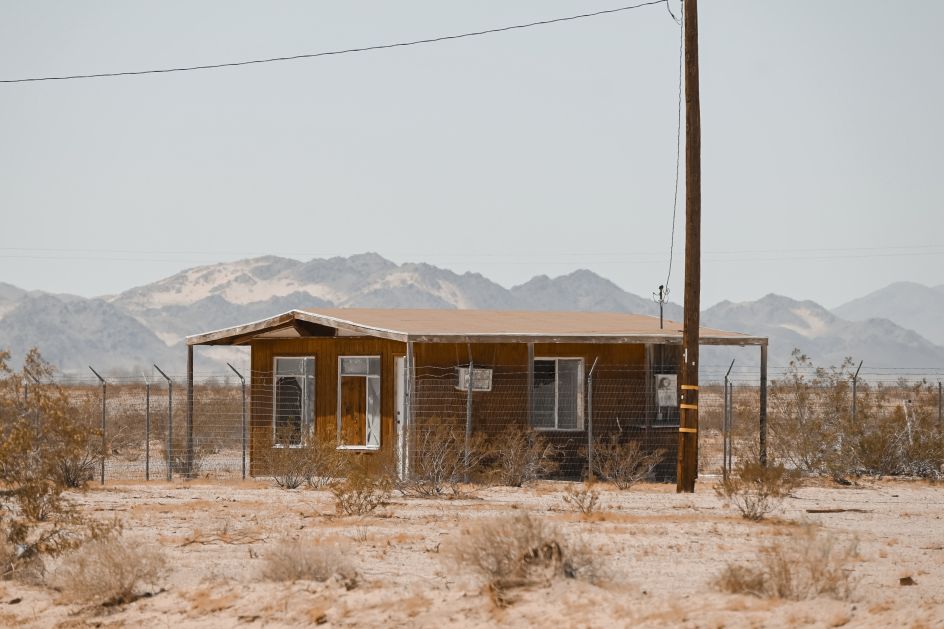
From the series ARID © Helin Bereket
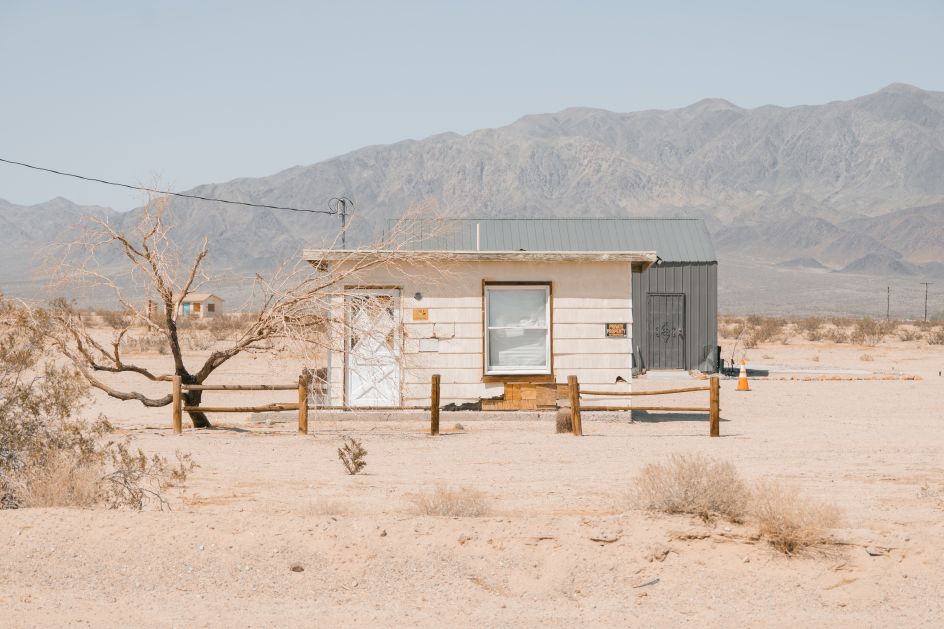
From the series ARID © Helin Bereket
Helin photographed one house after the other, her curiosity eventually making her approach some houses to sneak a peek through the windows. "If the sight was not that creepy, I couldn't help but enter inside. I found cracked old dishes, shabby furniture, broken stoves and fridges, almost rotten mattresses. The debris of objects stirred my curiosity further and raised a series of questions: What sort of everyday life took place here? What jobs did people do? How did the children travel to school? So many unanswerable questions were spinning like a whirlpool around my head."
Alas, the unoccupied rotten shacks are now at risk of demolition, as local grassroots campaigns hope to clean up the bleak landscape. While the rest? "What nature did not turn into a dilapidated structure over time, the real estate market is transforming into a lucrative opportunity, as demand and prices of the cabins are suddenly skyrocketing. Whatever their fate, I realise that by being attracted to the utopic-dystopic visual identity of this place, I have captured a moment of an impressive cultural heritage in transition."
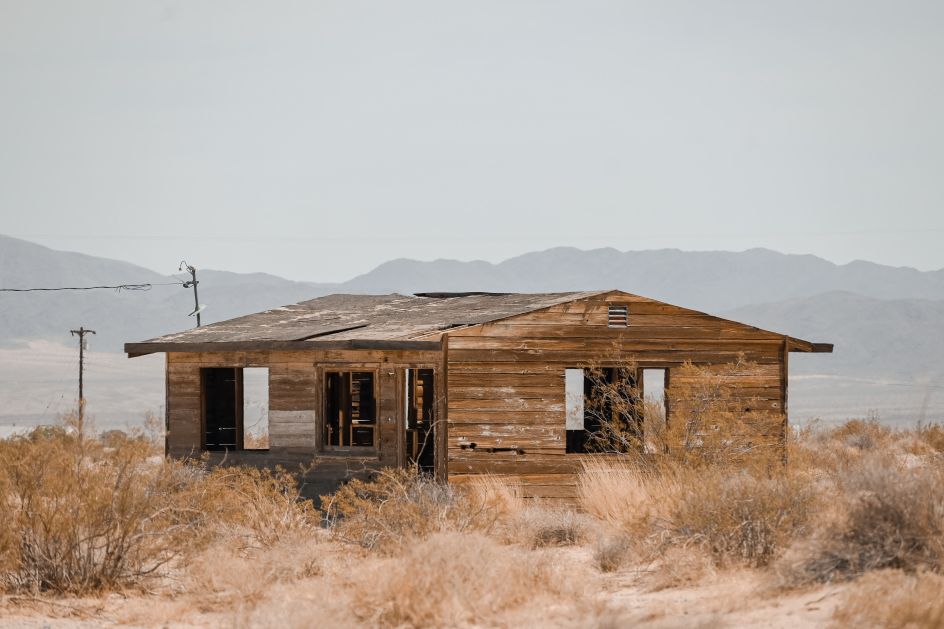
From the series ARID © Helin Bereket
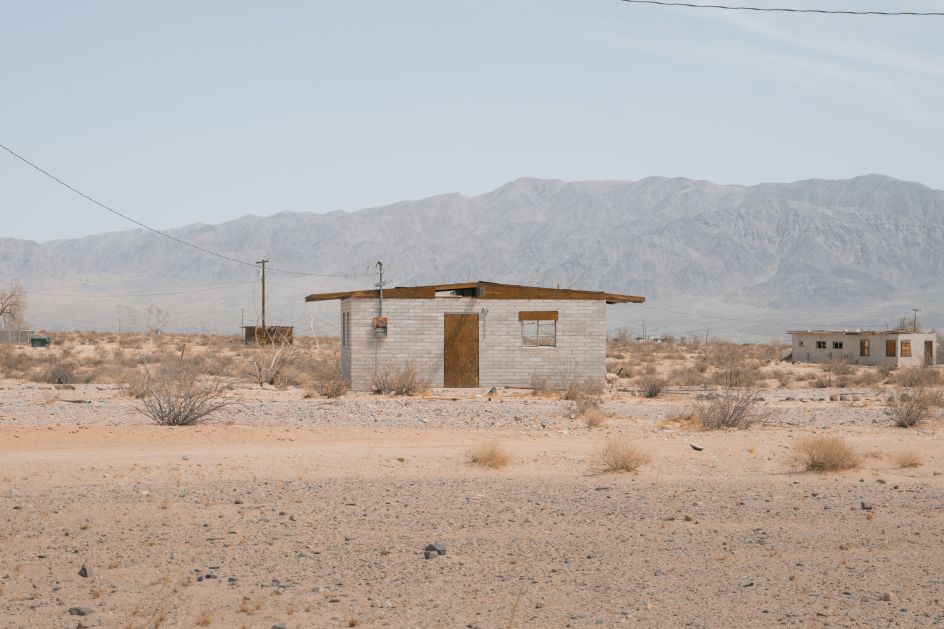
From the series ARID © Helin Bereket
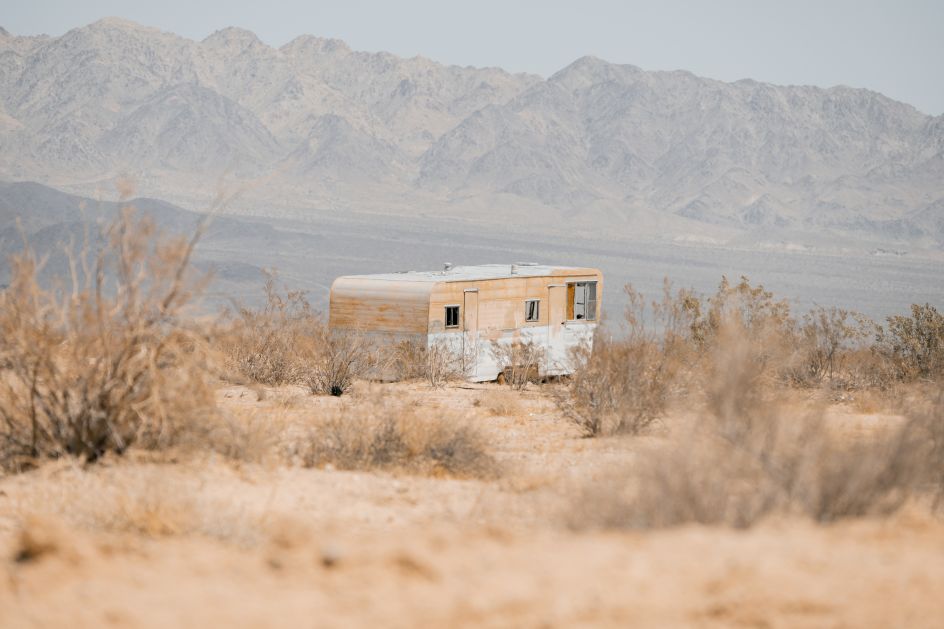
From the series ARID © Helin Bereket
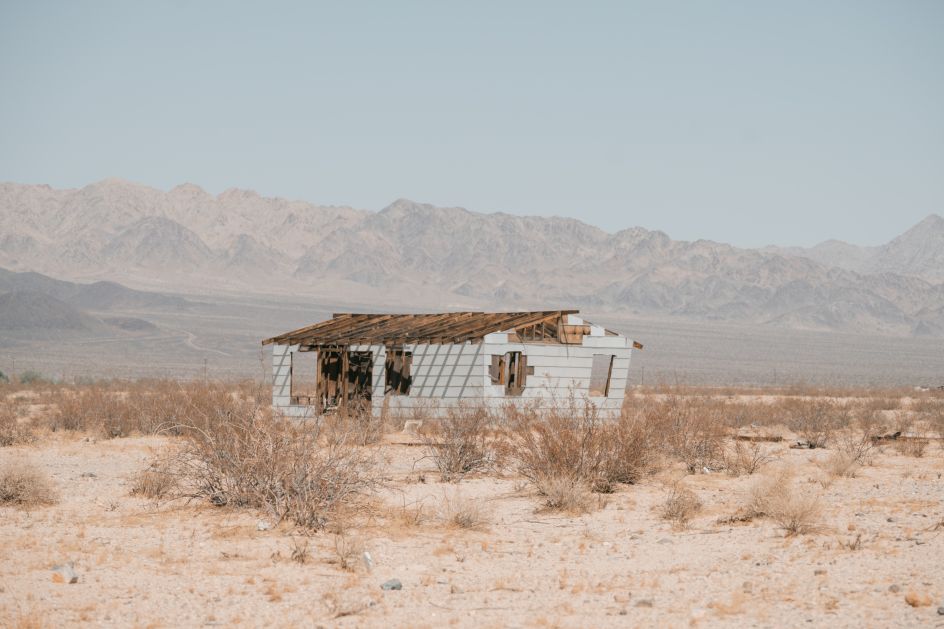
From the series ARID © Helin Bereket
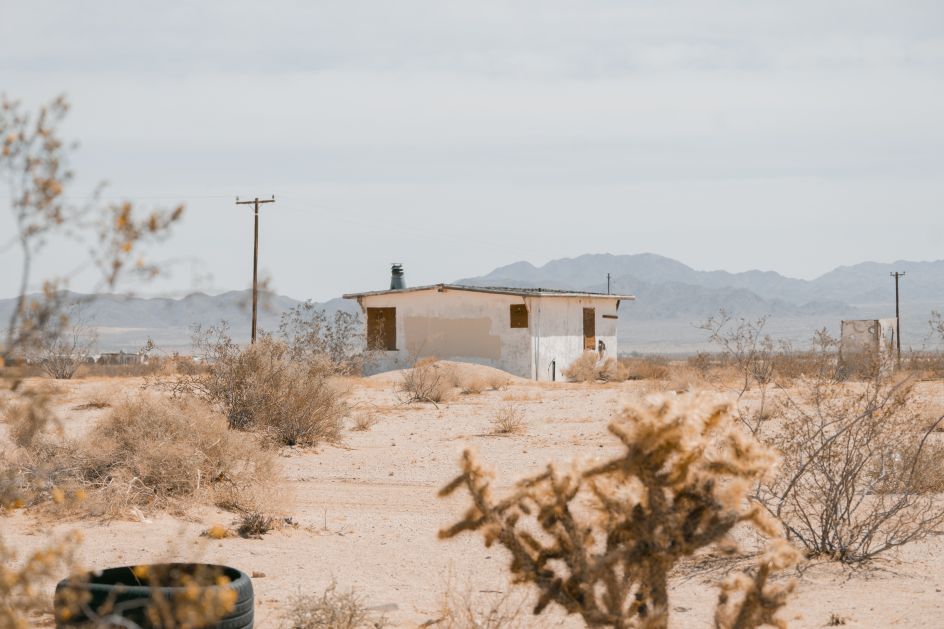
From the series ARID © Helin Bereket
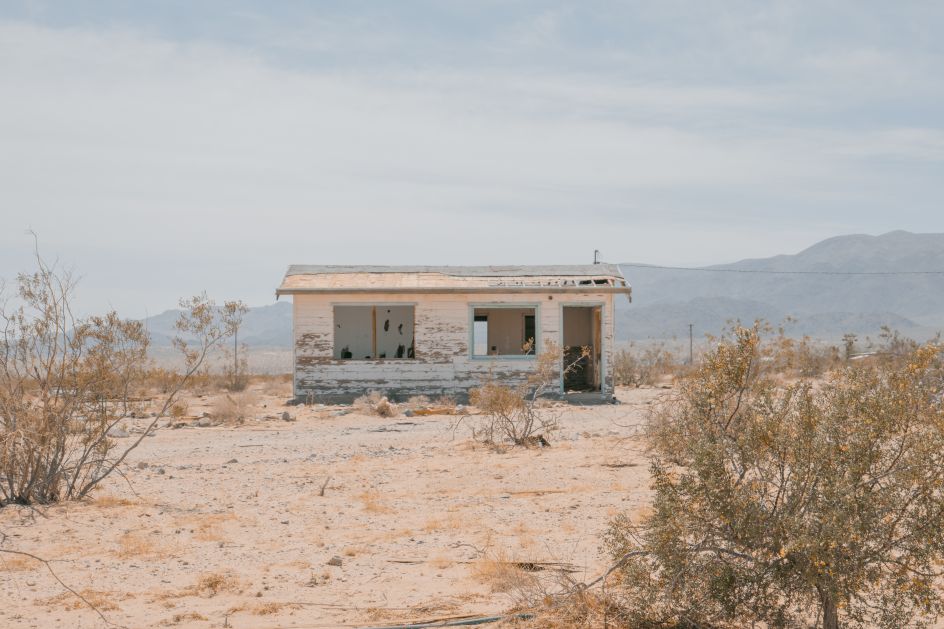
From the series ARID © Helin Bereket
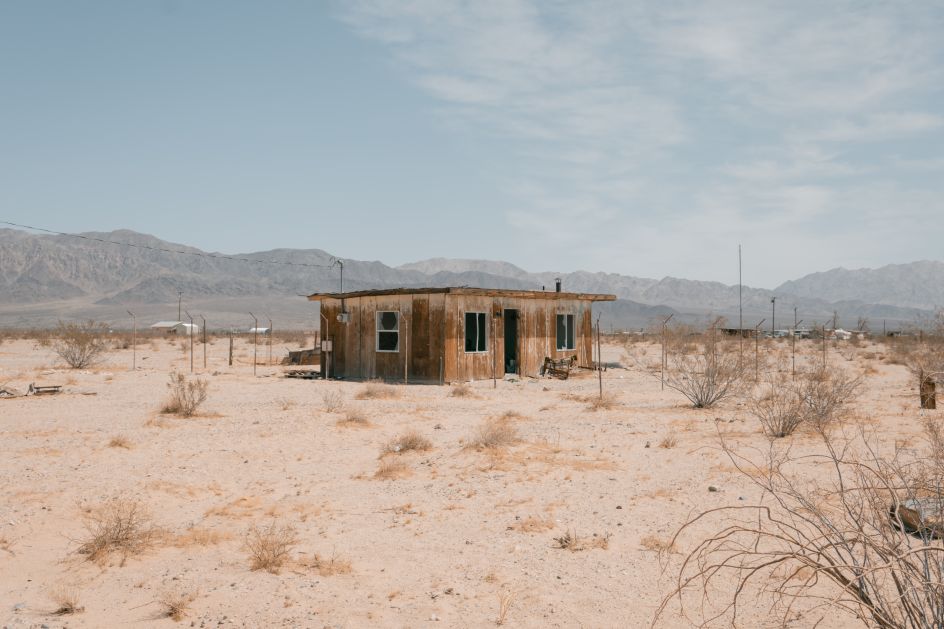
From the series ARID © Helin Bereket
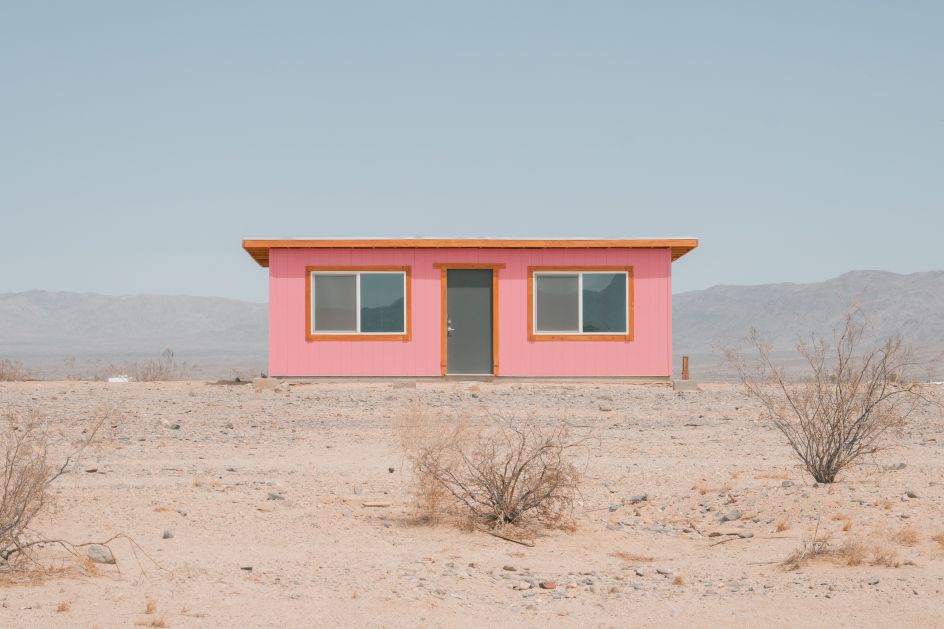
From the series ARID © Helin Bereket




 by Tüpokompanii](https://www.creativeboom.com/upload/articles/58/58684538770fb5b428dc1882f7a732f153500153_732.jpg)

 using <a href="https://www.ohnotype.co/fonts/obviously" target="_blank">Obviously</a> by Oh No Type Co., Art Director, Brand & Creative—Spotify](https://www.creativeboom.com/upload/articles/6e/6ed31eddc26fa563f213fc76d6993dab9231ffe4_732.jpg)









